Book-to-film adaptations have been around for decades, with filmmakers constantly seeking inspiration from books to bring their stories to life on the big screen. The importance of book-to-film adaptations cannot be overstated, as they provide a platform for a wider audience to engage with the original source material. However, the adaptation process can be a daunting task, with many challenges to overcome when producing books as movies.
Over the years, we have seen many successful and unsuccessful adaptations of books into films. Some of the most popular and memorable movies of all time are based on books, such as “The Godfather,” “The Lord of the Rings,” and “The Silence of the Lambs.” However, there have also been adaptations that have failed to meet audience expectations, such as “The Dark Tower,” “The Cat in the Hat,” and “Percy Jackson & the Olympians: The Lightning Thief.”
In this blog, we’ll be exploring the challenges that filmmakers face when adapting books into movies, as well as some examples of successful and unsuccessful adaptations. Whether you’re a fan of the original books or a cinephile looking for your next favorite movie, this blog will provide some insight into the adaptation process and help you appreciate the art of bringing books to the big screen. So let’s dive in!
Challenges of Adapting Books into Films
Adapting a book into a movie is no easy feat. It involves condensing the story, developing characters, and visualizing the story in a way that makes sense on the big screen. Let’s take a closer look at these challenges.
Condensing the Story
One of the biggest challenges of adapting books as movies is condensing the story. Books can be hundreds of pages long, while movies usually run for about two hours. This means that filmmakers must carefully select the most important parts of the book to include in the movie, while also ensuring that the story makes sense and flows well.
Character Development
Character development is another challenge that filmmakers face when adapting books into movies. In a book, characters can be fully fleshed out over hundreds of pages, while in a movie, they have limited time to develop. Filmmakers must balance the character arcs, making sure that each character is relatable to a wider audience.
Properly developing characters is crucial to a good film, as we make apparent in our script-to-screen guide, which you can check out here on the Film Fund blog.
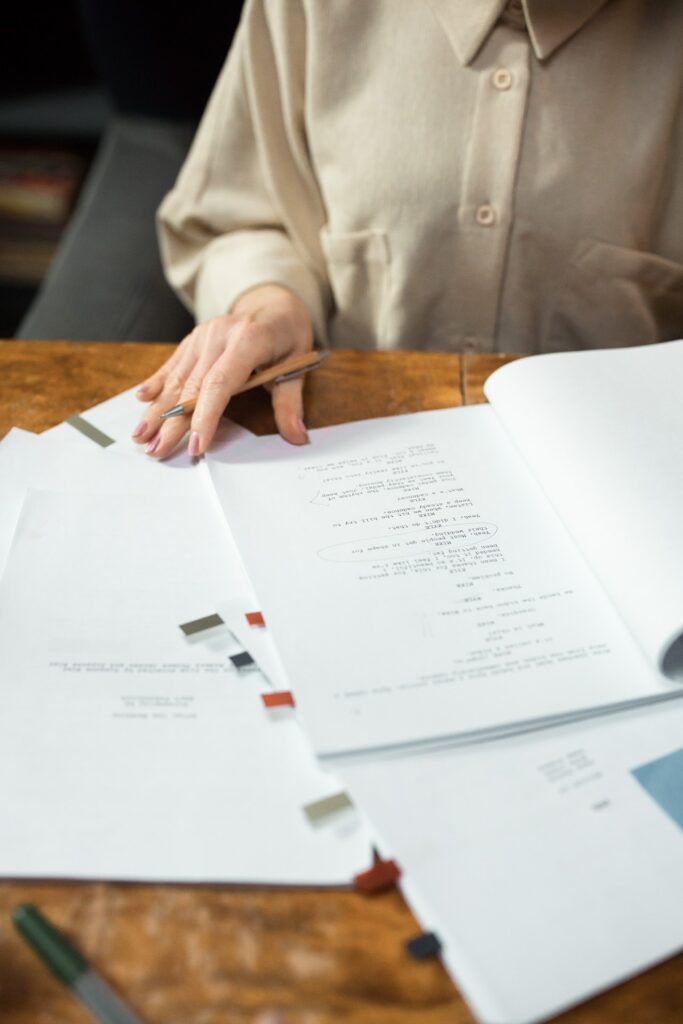
Visualizing the Story
Filmmakers must visualize the story in a way that makes sense on the big screen. Choosing the right visual medium is crucial, as well as making sure that the visuals align with the book’s descriptions. This can be particularly challenging in books that have a lot of descriptive language, as filmmakers must decide what to show and what to leave to the audience’s imagination.
Despite these challenges, filmmakers have been able to successfully adapt many books into movies that are beloved by audiences around the world.
Successful Book-to-Film Adaptations
While adapting a book into a movie can be challenging, many filmmakers have been able to successfully bring books to life on the big screen. Let’s analyze some examples of successful book-to-film adaptations and what made them work so well.
Staying True to the Source Material
One of the keys to a successful book-to-film adaptation is staying true to the source material. This means not deviating too far from the book’s original plot, themes, and characters. Examples of successful adaptations that stayed true to the source material include “The Lord of the Rings” trilogy and “Harry Potter” series. While making some changes, these movies are beloved by readers, as well as viewers, for taking what was written and bringing it to life in a pretty faithful way.
Casting the Right Actors
Casting the right actors is also crucial to a successful book-to-film adaptation. Actors who can embody the essence of the characters and bring them to life on screen can make a big difference. Some examples of successful casting in book-to-film adaptations include Emma Watson as Hermione Granger in “Harry Potter” and Anthony Hopkins as Hannibal Lecter in “The Silence of the Lambs.” In fact, Hannibal Lecter is only on screen for 16 minutes, yet the casting of Anthony Hopkins was so great and his performance so phenomenal that he won Best Actor at the Oscars. That goes to show how important casting can be when considering books as movies.
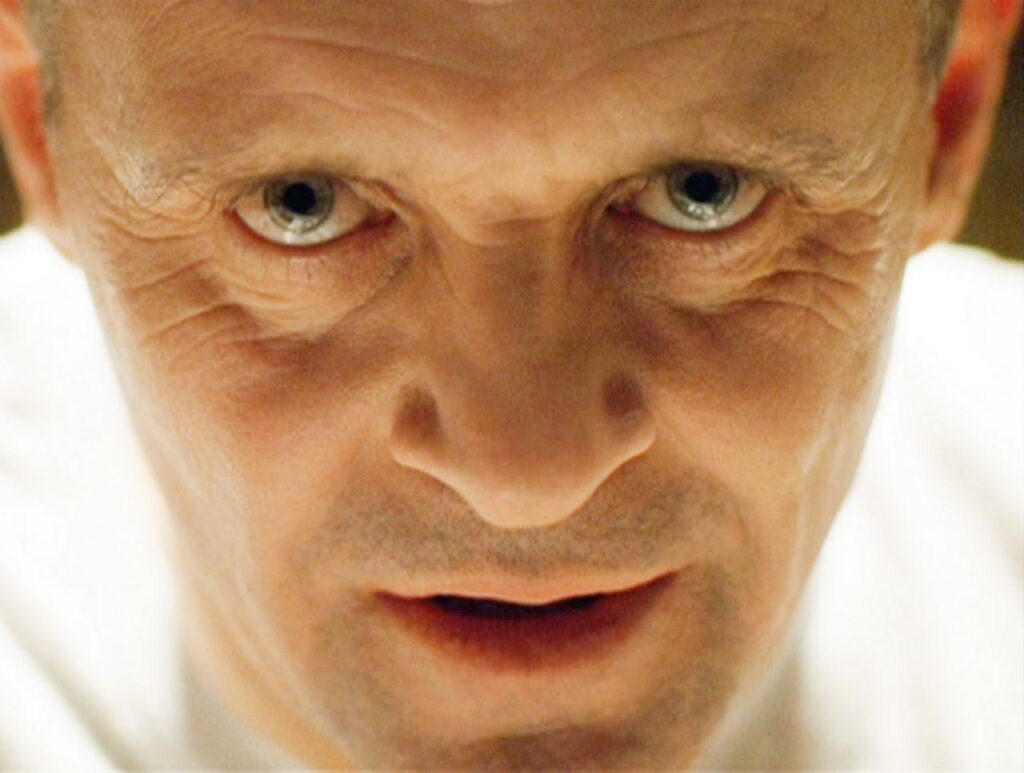
Strong Directorial Vision
A director with a unique perspective and understanding of the source material can elevate the adaptation and turn it into a cinematic experience that stands on its own. Peter Jackson’s vision for “The Lord of the Rings” trilogy created an epic, immersive experience that accentuated the grand, high fantasy of J.R.R. Tolkien’s books. Similarly, David Fincher’s direction of “Gone Girl” added a distinct visual style and heightened sense of tension, respectively, while staying faithful to the source material.
If you want to learn more about having the right directorial vision, check out our blog all about what you need to know when directing a film.
By staying true to the source material and casting the right actors, filmmakers have been able to successfully adapt books as movies that audiences love.
Unsuccessful Book-to-Film Adaptations
While there have been many successful book-to-film adaptations, there have also been some that have fallen short. Let’s gander at some examples of unsuccessful book-to-film adaptations and what made them flop.
Deviating Too Far from the Source Material
One of the biggest reasons that book-to-film adaptations can fail is when filmmakers deviate too far from the source material. Examples of this include the 2006 adaptation of “Eragon,” which changed many key plot points from the book, and the 2010 adaptation of “Percy Jackson & the Olympians: The Lightning Thief,” which changed the ages of the characters and left out important plot points. This can greatly upset fans of these series who have very specific expectations and know what made the original books so memorable.
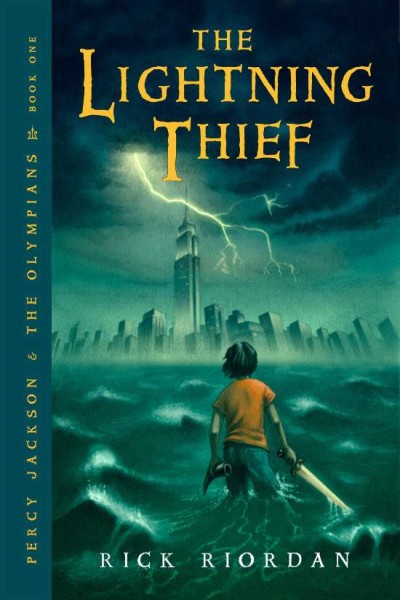
Poor Casting Choices
Another reason that book-to-film adaptations can fail is poor casting choices. When the actors don’t fit the characters in the book, it can be difficult for audiences to connect with the story. Examples of poor casting choices include Mike Myers as the Cat in the Hat in “The Cat in the Hat” and Keanu Reeves as Jonathan Harker in “Bram Stoker’s Dracula.” This can be a tough challenge to overcome since every reader will have a slightly different vision of what the characters described in the book should look like in real life.
Rushed or Incomplete Storytelling
Rushed or incomplete storytelling can also lead to unsuccessful book-to-film adaptations. When filmmakers try to condense a complex book into a two-hour movie, important plot points can be left out, leading to confusion and dissatisfaction among audiences. Examples of this include the 2017 adaptation of “The Dark Tower,” which tried to cram multiple books into one movie, and the 2020 adaptation of “Artemis Fowl,” which left out many key plot points from the book.
While there have been some unsuccessful book-to-film adaptations, it’s important to remember that adapting a book into a movie is a difficult task.
Conclusion
Adapting a book into a movie is a challenging task, but when done successfully, it can result in a captivating and beloved film. By understanding the challenges of book-to-film adaptations and taking steps to mitigate them, filmmakers can increase their chances of success.
In this blog, we’ve explored the challenges of adapting books into films, including the need to balance fidelity to the source material with the demands of the medium, the importance of making smart casting choices, and the risks of rushing or incomplete storytelling. We’ve also examined examples of both successful and unsuccessful book-to-film adaptations that exemplify what to do and what not to do.
If you’re interested in movie-making and have an idea that you want to bring to life, enter into our contest. By entering this contest, you have a chance to win up to $10,000 in funding for a movie. All it takes is a single sentence for the possibility to have a life-changing opportunity to make your filmmaking dreams a reality. Enter now!
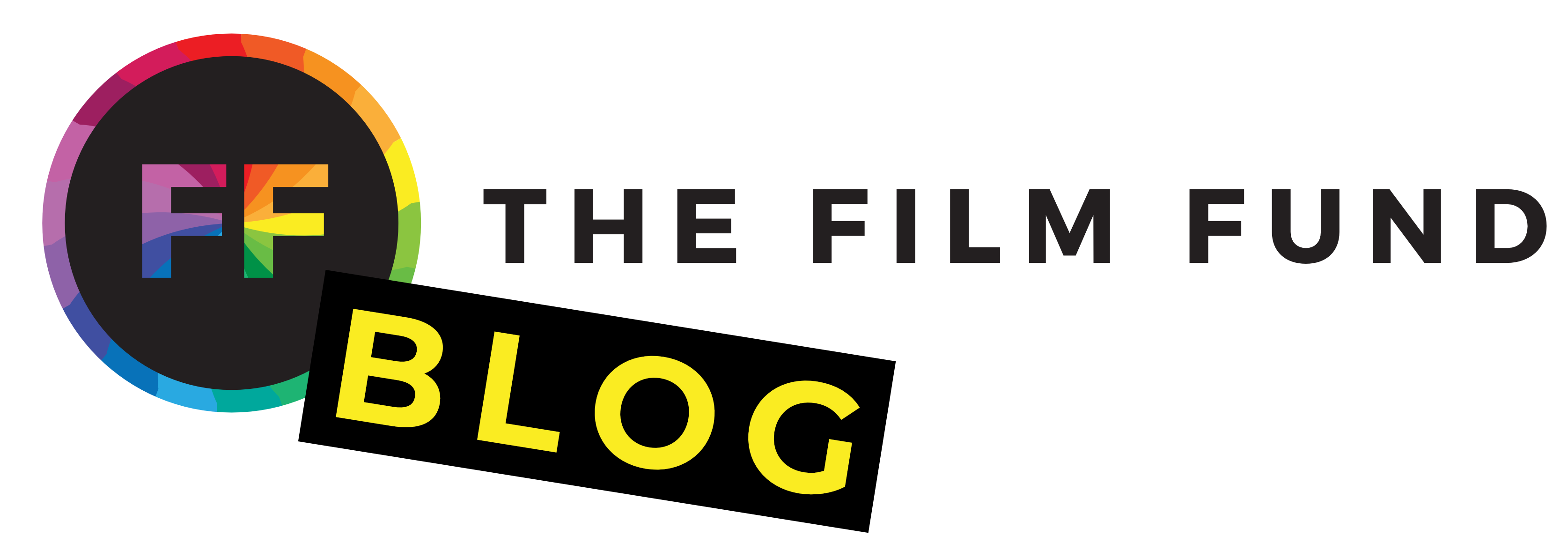
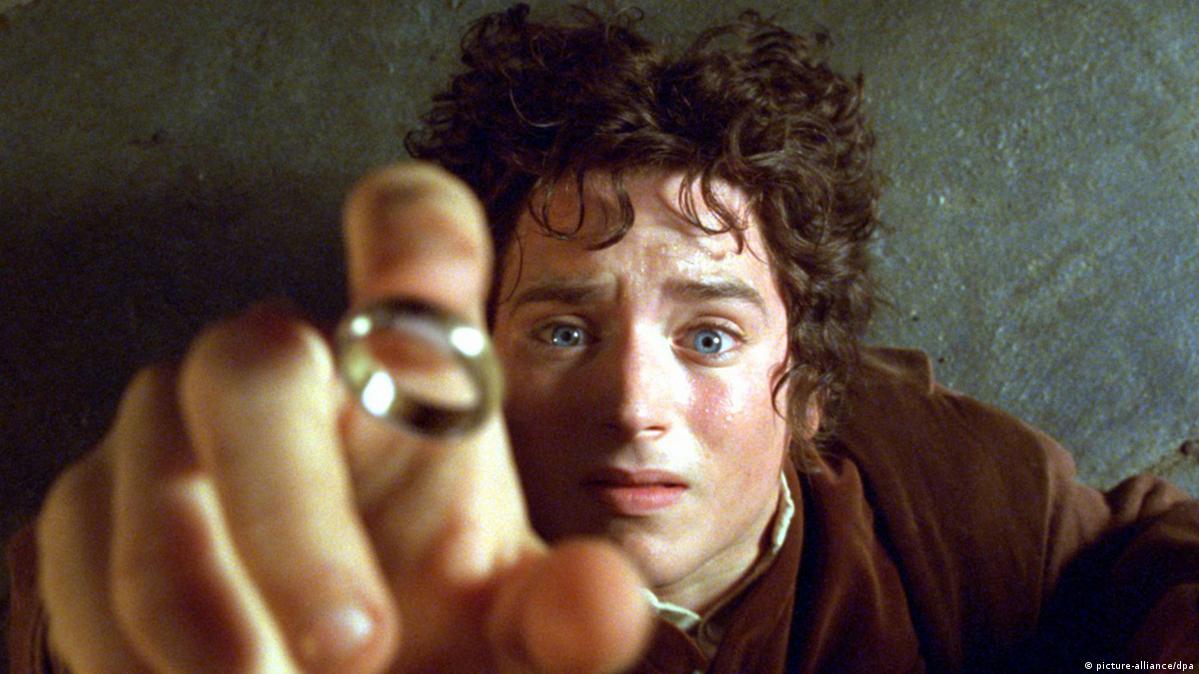
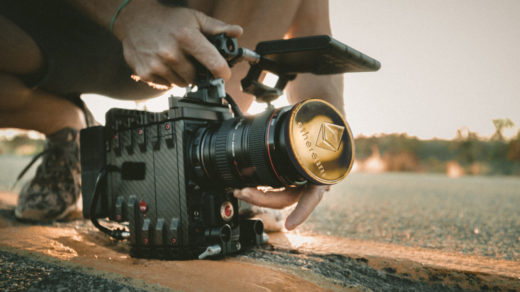
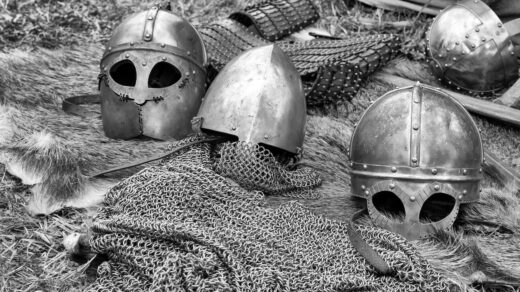
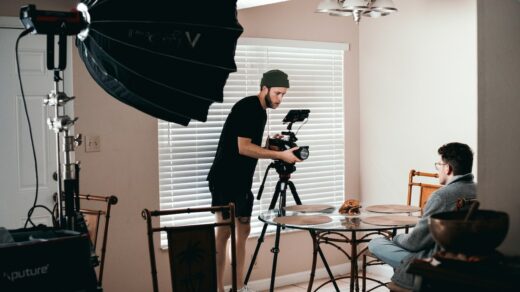
4 Responses
[…] If you want to learn more about adapting other media into movies, check out our blog on the challenges of turning books into movies. […]
[…] way for a compelling and authentic portrayal. This process is critically important when adapting a book into a movie and translating characters from the page and onto the […]
[…] like turning a book into a movie, the journey begins with extensive research and the selection of source material. Filmmakers […]
[…] when adapting other source material into movies, as we have covered before in our blog all about books as movies. However, the groundwork laid by earlier films paved the way for future advancements and a deeper […]